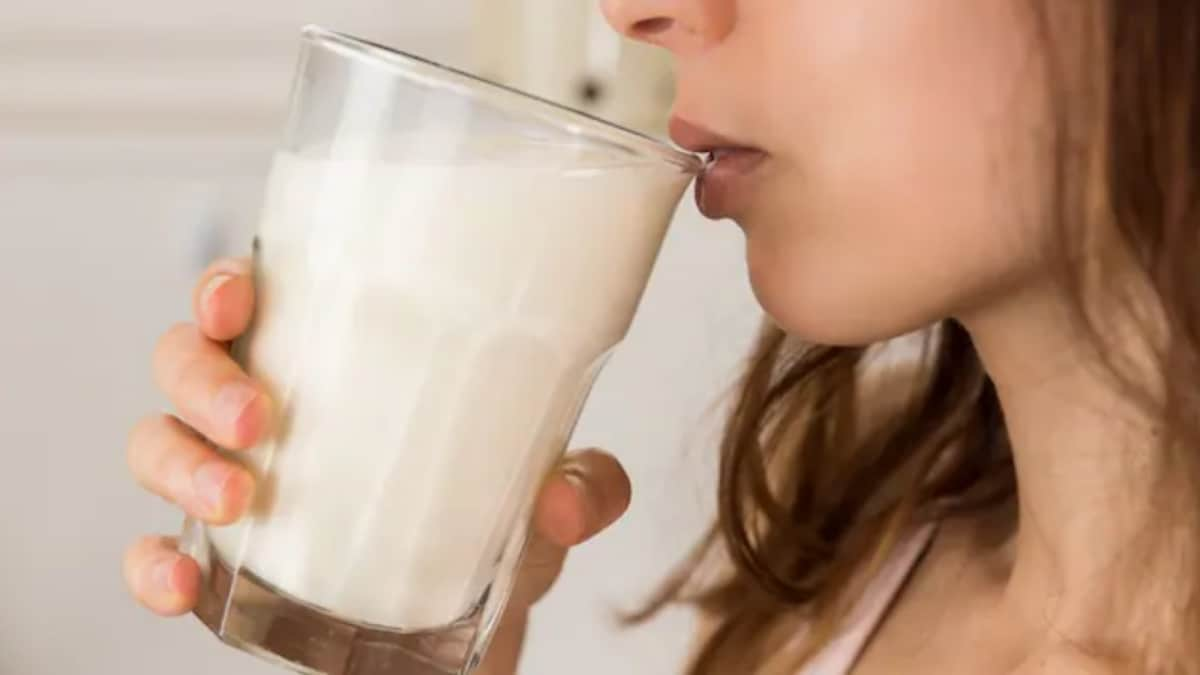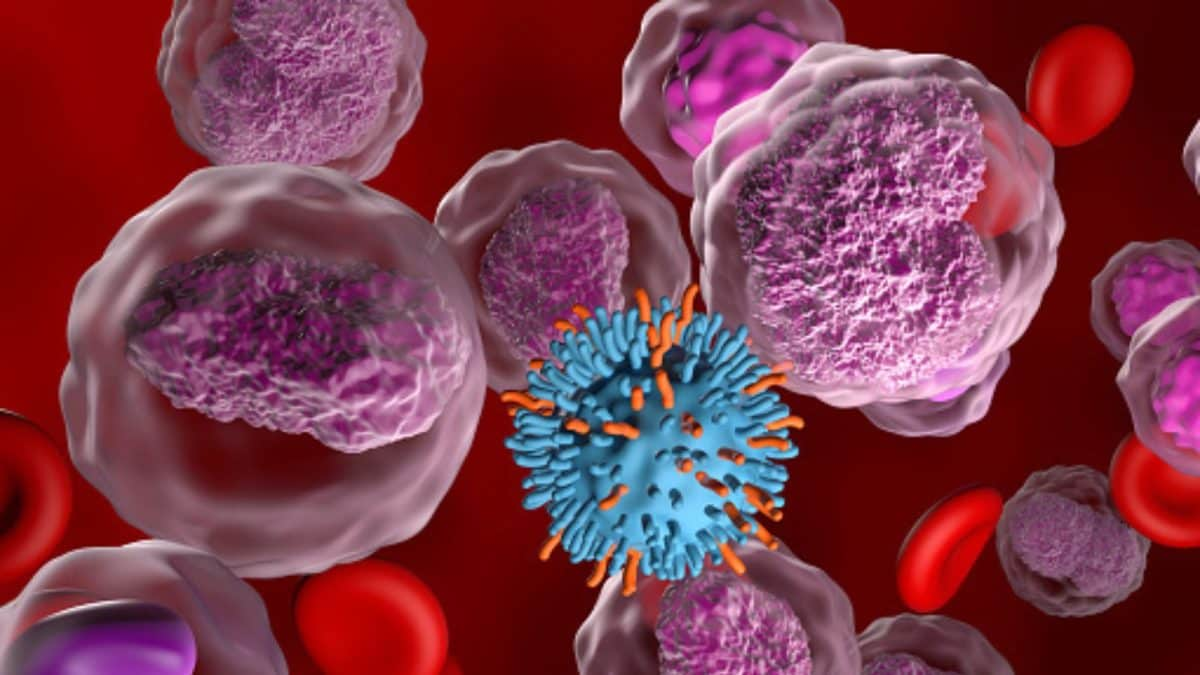Last Updated:
Is milk behind your skin breakouts and bloating? Read on to know more

Dairy intolerance isn’t uncommon, and it usually stems from two key culprits: lactose and cow’s milk proteins.
For centuries, milk has been a staple in human diets poured into our morning tea, whisked into curd, or savoured as cheese. Packed with proteins, calcium, zinc, potassium, magnesium, and vitamin B12, it’s often considered nature’s perfect food. Yet, for many, this “nutrient powerhouse” comes with an unexpected side effect digestive troubles, skin issues, or even allergic reactions. Dr Sambit Kumar Bhuyan, Consultant Medical Gastroenterologist, Manipal Hospital Bhubaneswar shares all you need to know:
When Milk Doesn’t Love You Back
Dairy intolerance isn’t uncommon, and it usually stems from two key culprits: lactose and cow’s milk proteins.
Lactose intolerance happens when the intestine lacks enough lactase enzyme to break down lactose (the sugar in milk). The result? Bloating, gas, and diarrhea soon after that glass of milk or bowl of kheer. Managing it may mean limiting lactose-rich foods, taking lactase supplements, or choosing probiotic yogurt, which aids digestion.
Cow’s milk protein allergy (CMPA) is more complex. Here, the immune system reacts to proteins in milk, causing nausea, vomiting, reflux, diarrhea, bloody stools, skin rashes, or even breathing problems. CMPA is mostly seen in infants and young children, and in severe cases, complete avoidance of dairy and sometimes emergency medication like epinephrine is essential.
Dairy and Your Gut
Milk can aggravate certain gastrointestinal conditions. For instance:
It may worsen gastric ulcers by stimulating acid production.
Those with irritable bowel syndrome (IBS) often find dairy particularly triggering.
Raw or contaminated milk can act as a breeding ground for bacteria like E. coli, Salmonella, Brucella, and even atypical mycobacteria leading to infections ranging from gastroenteritis and food poisoning to pneumonia. This is why pasteurization remains critical.
The Skin Connection: Dairy and Acne
Beyond the gut, dairy has also been linked to skin flare-ups. Skimmed or low-fat milk, in particular, contains hormones and growth factors that may trigger acne breakouts. While not everyone experiences this, dermatologists often recommend a trial of dairy reduction for persistent skin concerns.
Finding Your Balance
The good news? Not everyone needs to cut dairy completely. Many people build tolerance by introducing small amounts of milk with meals. For those who must avoid it, ensuring adequate calcium and vitamin D from other sources such as leafy greens, fortified plant-based milk, or supplements is crucial.
And remember, persistent bloating, diarrhea, or skin issues should never be ignored. Consulting a gastroenterologist helps identify whether dairy is truly the culprit or if another condition is at play.

Swati Chaturvedi, a seasoned media and journalism aficionado with over 10 years of expertise, is not just a storyteller; she’s a weaver of wit and wisdom in the digital landscape. As a key figure in News18 Engl…Read More
Swati Chaturvedi, a seasoned media and journalism aficionado with over 10 years of expertise, is not just a storyteller; she’s a weaver of wit and wisdom in the digital landscape. As a key figure in News18 Engl… Read More








